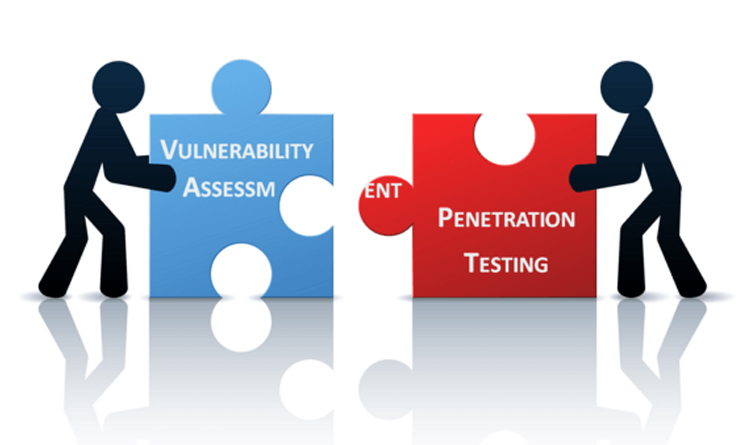Secure Your System Before It's Hacked Using VA-PT Testing.
It's critical to be able to answer the question, "How successful is my company's security in the real world?" now that information security is being included in corporate risk strategy.
What is penetration testing, why is it necessary, and how can Cyborgenic assist your company in reducing and identifying risk?
Penetration testing can be described, conducted, and promoted in a variety of ways. Penetration testing, which is frequently mistaken with "vulnerability scanning," "compliance auditing," and "security assessments," differs in several key ways:
A penetration test goes beyond simply identifying vulnerabilities to actually exploiting such flaws in order to demonstrate (or refute) real-world attack vectors against an organization's IT assets, data, humans, and/or physical security.
While automated tools and process frameworks may be used in a penetration test, the focus is ultimately on the individual or team of testers, the experience they bring to the test, and the tester's abilities.
Manual testing, in which testers use their skills and experience to simulate an actual attack, can also be used to achieve this.
Even highly automated, well-resourced, and advanced networks employing sophisticated counter-measure technologies are vulnerable to the human mind's unique ability to think laterally and outside the box, analyse and synthesise, and is motivated and determined.
A penetration test is intended to answer the following question: "How successful are my existing security safeguards in the real world against an active, human, skilled attacker?" By building a simple scenario, we can contrast this with security or compliance audits that check for the presence of required controls and their accurate configurations: Even a 100 percent compliant organisation might be vulnerable in the real world to a competent human threat agent.
Multiple attack paths might be studied against the same target during a penetration test. A successful breach is frequently the result of a combination of information or vulnerabilities across multiple systems.
While there are examples of penetration testing that limit their reach to only one target via one vector (for example, a web application pen test conducted solely from the perspective of the Internet browser), their results should always be regarded with caution:
While the test may have yielded useful results, they are only useful in the environment in which it was conducted.
To put it another way, limiting scope and vector results in a limited awareness of security risk in the real world.
The following are some of the reasons why companies invest in penetration testing:
Identifying the viability of a specific collection of attack vectors.
Detecting higher-risk vulnerabilities as a result of a series of lower-risk vulnerabilities being exploited in a specific order.
Automated network or application vulnerability scanning tools can detect flaws that are difficult or impossible to find manually.
Estimating the possible commercial and operational consequences of successful attacks
The ability of network defenders to identify and respond to threats is being tested.
Providing evidence to C-level management, investors, and customers to support higher security people and technology spending.
Annual and continuing penetration testing are required to meet compliance (for example, the Payment Card Industry Data Security Standard (PCI DSS)) (after any system changes).
An organization must establish the vectors utilized to gain access to a compromised system after a security event (or entire network). A penetration test is frequently performed in conjunction with forensic investigation to re-create the attack chain or to verify that additional security controls put in place will prevent a similar assault in the future.
Penetration testing is done for a variety of reasons, as you can see. The scope and nature of a penetration test are mainly determined by an organization's drivers, which will establish the stated objectives going into an engagement.
Other parts of the engagement, such as target selection scope, assumptions, and even financing ceilings, may be influenced by those forces, which limit the length of time a test team has to explore and compromise the organization's assets.
If the purpose is simply to 'check off the box' that shows an organization has undertaken penetration testing to meet compliance, for example, the scope and given funds may be significantly more restrictive.
When compared to an organization that is genuinely concerned about its intellectual property and is concerned about the real-world risk that IP poses from the standpoint of a motivated, competent attacker, you might want to set aside a budget for a more complete examination.
We have specialised consultant teams who are experienced in the following security disciplines: Penetration Testing, Auditing, and Consultancy. Cyborgenic is an independent Cyber Security Consultancy with years of expertise.
We provide a bespoke service, with our Technical Team defining the scope based on the customer's requirements. Our goal is to discover your company's weaknesses and work with you to lessen the danger of a cyber attack.
For further information about how Cyborgenic can help reduce and identify risk to your company please contact me on sales@cyborgenic.com.
- Tags:
- VAPT






